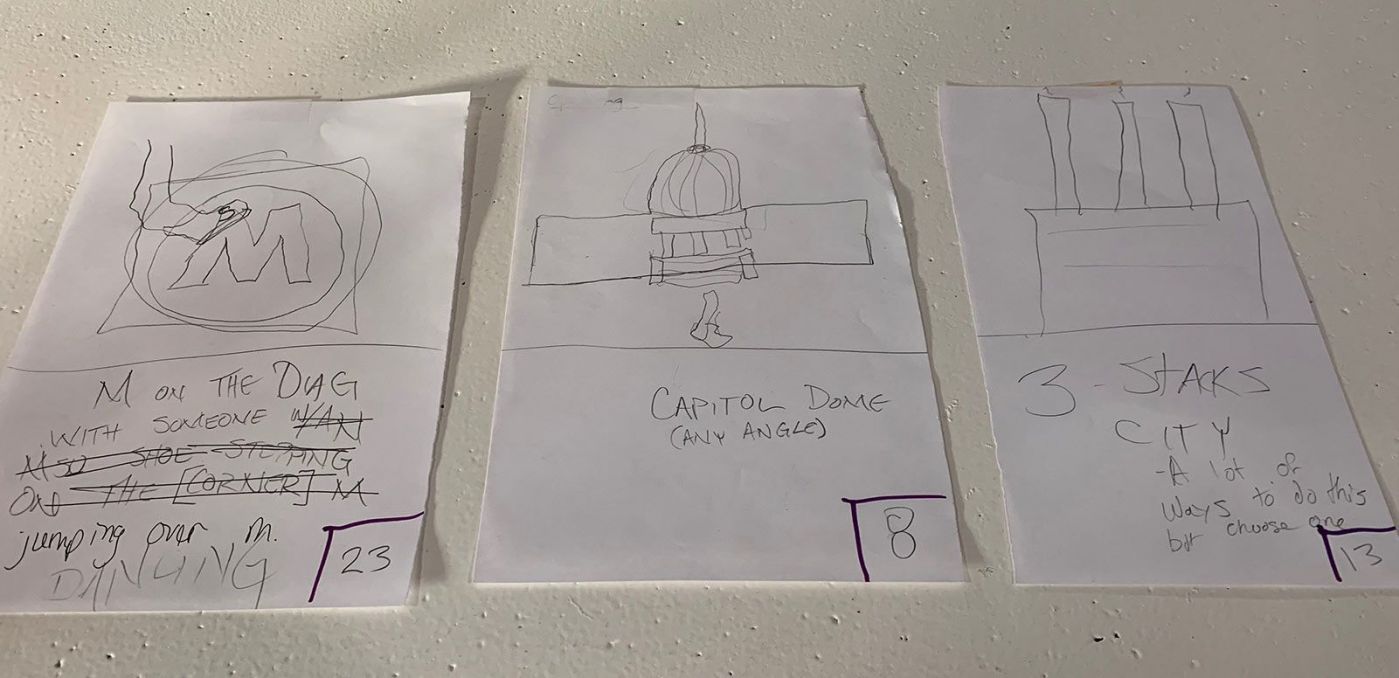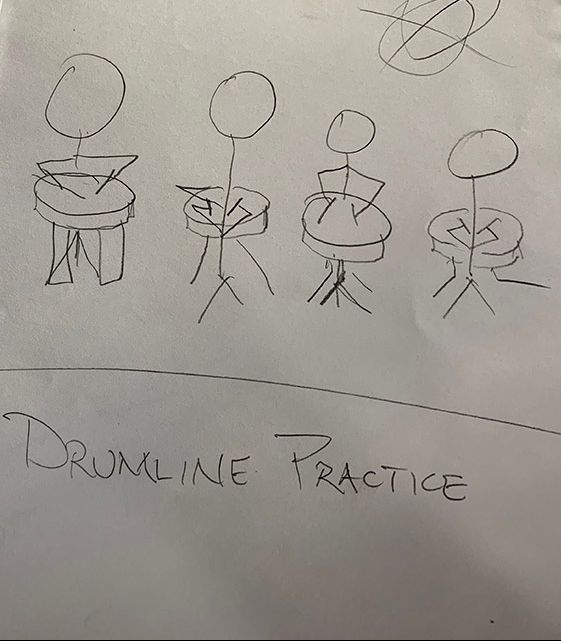
Storyboarding into Existence
Whether you're making a video for your own purposes or pitching a piece to a client, storyboarding can make the rest of the project much easier.
Storyboarding into Existence
Whether you're making a video for your own purposes or pitching a piece to a client, storyboarding can make the rest of the project much easier.
Storyboarding Into Existence: Benefits of Storyboards
Planning your next video? Try storyboarding it! You don’t have to draw like Da Vinci to convey your point. In fact, a storyboard is just a series of thumbnails; quick sketches done by hand or digitally. They give reference to subjects, camera angles, movement, and composition. A storyboard is a visual representation of key shots. It advances the timeline to demonstrate how the goals of the video will be achieved and it’s a great way to present the ideas to a client.

Benefits of Storyboarding
-
Save time in filming process
A storyboard can save a tremendous amount of time when going to film. Going into a shoot, there are many factors to consider, but having a shot list is very handy for saving time; it’s a physical check-off list to make sure you remember to get all shots. Storyboards can also be very helpful for instructing actors/models on placement and motion when you finally get on set. By being able to reference the storyboard, you can tell that they need to move from right to left or should be placed closer to the camera.
-
Save time in the editing process
A storyboard also saves time in the editing process by pairing down exact shots that will be referenced during the editing process. It shows the visual advancement of the plot, the climatic point and any plot twists. And once you have all your footage and begin the editing process, a storyboard is your timeline; what happens first, second and so on. It’s a constant reminder of what footage you shot and where it goes.
-
Maintain continuity of story in editing process
Once created and laid out, the visual overall perspective helps tweak composition, lighting and continuity from frame to frame. I think this is extremely important with quick cuts and lots of motion, for it not to feel too overwhelming to the viewer. The extra thought going into each shot will give more flow from one scene to another, but this is also a necessary step in many other kinds of videos for continuity reasons. If someone takes their glasses off in scene one, they will need to remain off for the rest of the scene. If you have a sketch of, “teacher takes off glasses”, then there is no confusion as to when they should be on and when they should be off.

-
Make it easy to communicate creative visual ideas to clients
Many videographers make a storyboard in their head when given a script, it’s done naturally when visualizing how you will portray the scene. It is important to remember that people requesting a video likely do not have the same natural ability. For instance, to make a character seem more vulnerable, weak or demoir you shoot from a downward angle, creating a subconscious effect forcing the viewer to interpret the scene in a way they can’t help but feel like the subject is smaller than them. This would be an important thing to incorporate into the visuals on the storyboard, because now even a client that is limited in the ability to visualize has an actual representation of what the final product will look like. Your visual message is easily communicated in a visual medium.
-
Make Sense of Non-Sequential Storyboarding
There are other kinds of storyboards you can build that are non-linear. If the video is not timeline based, then you can create a storyboard that reflects that. So instead of thinking first shot, second shot, and so on, the process is storyboarded and filmed a section at a time. In this case, the sketches can represent any shot or they can be grouped into threes to reflect the mini-climactic moments that are needed in videos.

Conclusion: Why storyboarding is so useful for visual creations
Not only is a storyboard a great way to communicate to others, but can make the filming and editing process all the more successful in knowing you have all the shots you need to convey the message effectively. I personally much prefer to take a shot list with me. It helps me stay organized. There can be a lot going on at a shoot that you weren’t able to plan for, especially when directing larger groups or having to light a certain scene with weather conditions, so to have a physical reference, I can free up some mind space to concentrate on managing the unpredictables.
Share Article
Topics
More from Sommer Young
Keywords
- Video



 Addis Enterprises LLC.
Addis Enterprises LLC.




